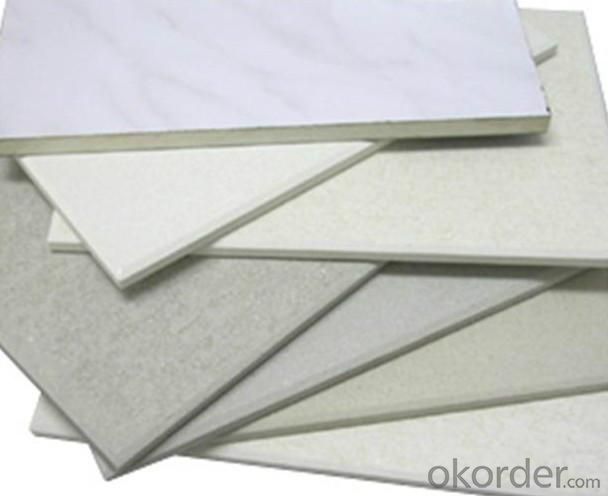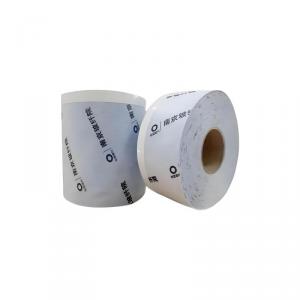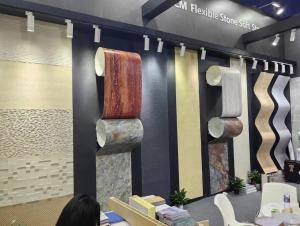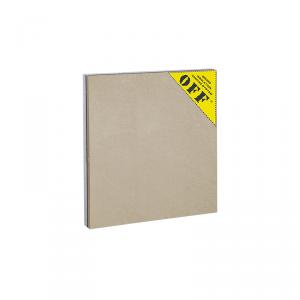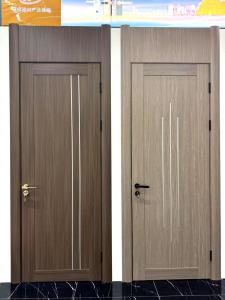Loading Port:China Main Port
Payment Terms:TT or LC
Min Order Qty:-
Supply Capability:-
Product Applications:
Gypsum board building systems are easy to install for several reasons. Gypsum board panels are relatively large compared to other materials. They come in 48- and 54-inch wide sheets and in lengths of 8, 10, or 12 feet, so they quickly cover large wall and ceiling areas. Gypsum board assemblies require only a few tools for their construction. Gypsum board can be cut with either a utility knife or a variety of saws, and it can be attached with a variety of fasteners, including screws, nails, and staples. It can also be adhesively attached to many substrates. Gypsum board is a lightweight material. Two workers can easily handle most panels and cover large areas in very short time periods. Gypsum board is easily finished using either a few hand tools or relatively modest machines. Gypsum board installers can quickly learn most application techniques in a few hours.
Product Advantages:
Gypsum board is used to construct strong, high quality walls and ceilings that offer excellent dimensional stability and durability. Surfaces created using gypsum board are easily decorated and refinished.
3) Economy
Gypsum board is readily available and easy to apply. It is an inexpensive wall surfacing material that provides a fire resistant interior finish. Gypsum board building systems can generally be installed at significantly lower labor costs than most alternate systems.
4) Fire resistance
Gypsum board is an excellent fire-resistive building material. In North America, it is the most commonly used interior finish where fire resistance classifications are required. Its noncombustible core contains nearly 21% chemically combined water, as described earlier, which, under high heat, is slowly released as steam. Because steam will not exceed 212 dgreees F under normal atmospheric pressure, it very effectively retards the transfer of heat and the spread of fire. Even after complete calcination, when all the water has been released from its core, gypsum board continues to serve as a heat-insulating barrier. Moreover, tests conducted in accordance with ASTM E 84 show that gypsum board has a low flame-spread index and a low smoke-density index. When installed in combination with other materials in laboratory-tested wall and ceiling assemblies, gypsum board serves to effectively protect building elements from fire for prescribed time periods.
5)Sound isolation
Preventing the transfer of unwanted sound to adjoining areas is a key consideration when designing a building, specifically when taking into account the intended activities of the occupants in the various parts of the building. For example, a building containing office spaces adjacent to manufacturing facilities requires more noise-reducing features than are typically necessary in a building that has only office space in it. Gypsum board wall and ceilings systems effectively help control sound transmission.
Main Product Features:
1.Framework
We recommend to use of Galvanized Steel to build the frame. Using metal studs ensures accuracy, and they will not move or twist due to shrinkage or water ingress. In either case set studs at maximum 600mm centres.
2. Align the board
Gypsum board are laid horizontally. Start at one end and align the first board along the studs. Securethe board with screw at 250mm centres, ensuring that the screw are at least 15mm from the board edge. Do not overdrive the screws.
3. Clean the adjacent board edges
In order to ensure that maximum adhesion is achieved when jointing, the adjacent edges of the fixed board and the next board in sequence must be cleaned. Sinmply clean the edges with a wet brush to remove traces of dust - the edges do not need to be soaked.
4. Interior Joint Adhesive
Using a suitable gun, apply a continuous bead of interior. Joint Adhesive to the adjacent edge of the fixed the boards. The bead should be of sufficient size to fill the joint fully when the next board is offered up.
5.Place the next board
Align the next board and push it firmly into the bed of adhesive. The gap between boards shoul be less than 1mm. Secure the board with Screws.
6. Scrape of the excess adhesive
Scrape off the excess interior joint adhesive the next day using a flexible steel scraper.
Product Specifications:
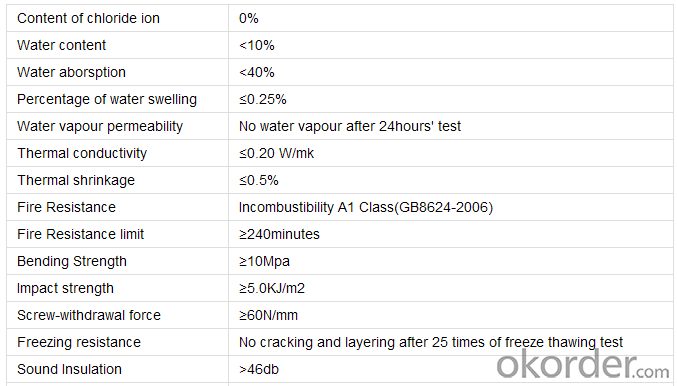
Images:
